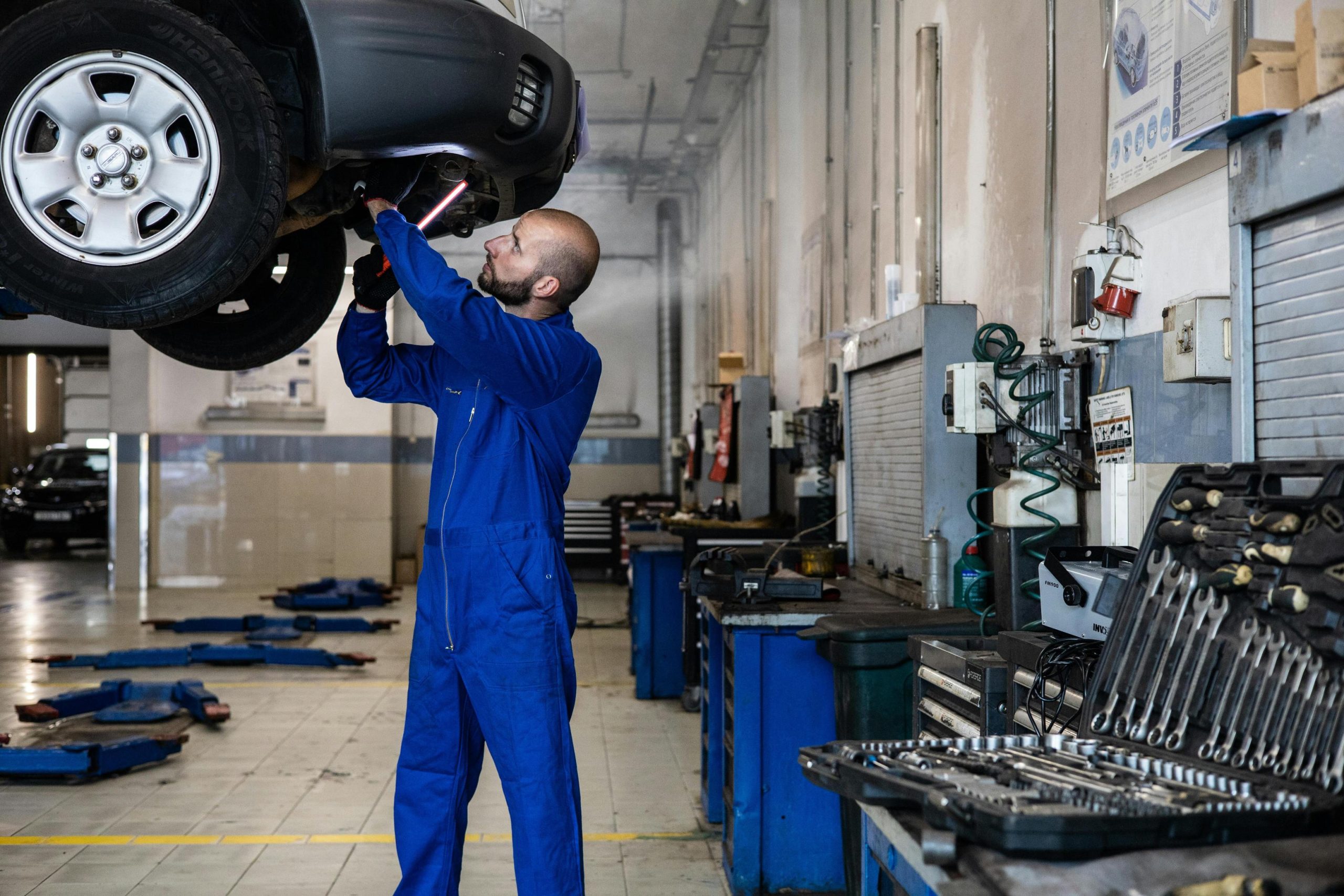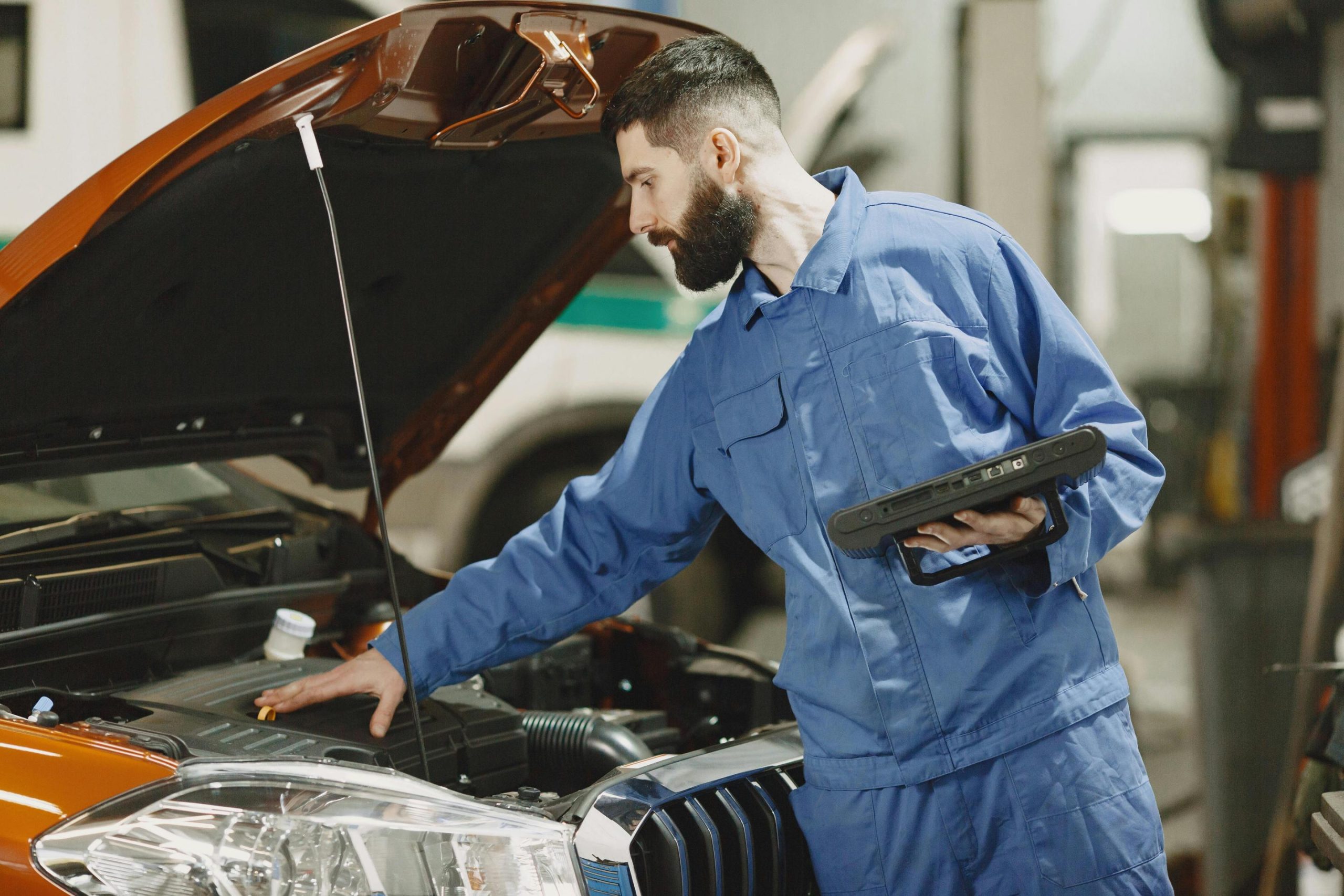- Regular preventive maintenance helps avoid expensive repairs by catching small issues early.
- Oil changes, brake checks, and tire rotations are simple services that protect major vehicle systems.
- Skipping maintenance can lead to engine failure, brake damage, and overheating—costing thousands.
- Preventive care improves fuel efficiency, keeps warranties intact, and boosts resale value.
- Following a basic service schedule (based on mileage or time) extends your car’s life.
- Both DIY and professional services have a place in a good maintenance routine.
- Tracking your service history helps catch patterns and protect long-term performance.

Every car owner dreads hearing those five words: “You need a new engine.” Whether it’s a failing transmission, blown head gasket, or major brake failure, unexpected repairs can be devastating to your wallet. Fortunately, many of these costly problems are preventable.
Preventive maintenance is the key to avoiding major breakdowns. Instead of waiting for something to fail, you stay one step ahead by regularly checking, servicing, and replacing essential parts before they wear out. For most drivers, this means saving hundreds—even thousands—of dollars over the life of their vehicle.
In this guide, we’ll explain what preventive maintenance is, what services matter most, how it actually saves you money, and how to stick to a routine that works for your car, your budget, and your lifestyle.
What Is Preventive Maintenance?
Preventive maintenance refers to routine vehicle services and inspections designed to reduce the risk of breakdowns and mechanical failures. Think of it like brushing your teeth—you do it regularly to prevent cavities, not because there’s already a problem.
In automotive terms, it means addressing issues before they escalate into expensive repairs. Preventive care helps keep your car running smoothly and efficiently by making sure systems are well-lubricated, aligned, and properly functioning.
Common preventive maintenance tasks include:
- Oil and filter changes
- Brake inspections and pad replacements
- Tire rotations and pressure checks
- Replacing air, fuel, and cabin filters
- Fluid top-offs and flushes (coolant, brake fluid, transmission fluid)
- Battery testing and terminal cleaning
- Inspecting belts, hoses, and spark plugs
The goal is to maintain optimal vehicle health and extend its useful life, which ultimately keeps more money in your pocket.
If you’re unsure how to handle these tasks on your own, visiting a reputable car repair shop can ensure everything is done correctly and according to manufacturer standards.
How Skipping Maintenance Leads to Bigger Repair Costs
It’s tempting to delay service when you’re busy or trying to save money. But neglecting maintenance almost always ends up costing more.
Let’s look at how small, inexpensive tasks can prevent major, expensive repairs:
Oil Changes
- Cost to Maintain: $50–70 every 5,000–7,500 miles
- If Ignored: Dirty or low oil can overheat your engine or damage internal parts.
- Repair Cost: Full engine replacement can exceed $4,000–8,000
Brake Inspections
- Cost to Maintain: $100–200 for brake pad replacement
- If Ignored: Pads wear down completely, damaging rotors or calipers.
- Repair Cost: Full brake system overhaul: $800–1,200
Coolant System Maintenance
- Cost to Maintain: $100–200 for coolant flush
- If Ignored: Overheating, cracked radiator, or blown head gasket
- Repair Cost: $1,000–3,000
Battery Checks
- Cost to Maintain: Free or $30 for testing/cleaning
- If Ignored: Corrosion leads to electrical issues or dead battery
- Repair Cost: $150–300 for tow and replacement
Preventive care protects your investment and minimizes the chances of being stranded on the side of the road.
Most Valuable Preventive Maintenance Services
1. Regular Oil Changes
Your engine relies on clean oil to stay lubricated and avoid friction-based damage. Over time, oil breaks down and becomes contaminated with dirt, dust, and metal particles.
- Replace every 5,000–7,500 miles (check your manual)
- Use manufacturer-recommended oil type (conventional, synthetic blend, or full synthetic)
- Don’t forget the oil filter—it traps contaminants
Neglecting oil changes leads to poor performance, overheating, and eventual engine failure.
2. Tire Rotation & Alignment
Rotating tires every 6,000–8,000 miles prevents uneven wear, extends tire life, and improves handling. Alignment ensures your wheels point straight, reducing strain on suspension and tires.
- Extend tire life by up to 25%
- Improve gas mileage and braking stability
Uneven tires reduce fuel economy and increase the risk of blowouts.
3. Brake Inspection
Your brakes are a critical safety system. Brake pads wear over time, and if not replaced, can damage rotors and calipers.
- Check brakes every 12,000 miles or annually
- Replace pads when thickness drops below 3mm
Signs of worn brakes: squealing, vibration, longer stopping distance.
4. Fluid Checks and Replacements
Cars use multiple fluids to operate smoothly:
- Coolant: Prevents engine overheating
- Brake fluid: Enables hydraulic brake force
- Transmission fluid: Lubricates gears
- Power steering fluid: Assists steering responsiveness
Check these regularly and flush as recommended (usually every 30,000–60,000 miles).
5. Battery Testing & Cleaning
Modern vehicles rely heavily on battery-powered electronics. A weak or corroded battery can cause poor starts, dash warning lights, or full system failure.
- Test battery twice a year
- Clean terminals and check for swelling or leaks
- Replace every 3–5 years depending on climate and use
Hidden Ways Preventive Maintenance Saves You Money
Preventive maintenance doesn’t just stop breakdowns—it provides hidden financial benefits too:
Avoids Emergency Repairs and Towing
- Emergency tows can cost $100–200
- Last-minute repairs are often more expensive due to urgency
Preserves Fuel Efficiency
- Clean air filters, inflated tires, and fresh oil can improve MPG
- Even 2 MPG improvement saves $150–300 per year for regular drivers
Boosts Resale or Trade-In Value
- Well-documented maintenance history shows care and increases buyer confidence
- You’re more likely to get top dollar if the car is in good running shape
Keeps Warranty Valid
- Manufacturer warranties often require routine maintenance
- Skipping service can void parts of your coverage
Reduces Insurance Risks
- Fewer accidents and breakdowns mean fewer claims
- Some insurers offer discounts for vehicle monitoring or safety maintenance
Preventive Maintenance Schedule: How Often Should You Service?

Every car is different, but here’s a general guideline to follow. Always consult your owner’s manual for specifics:
| Service | Interval |
| Oil & filter change | Every 5,000–7,500 miles |
| Tire rotation | Every 6,000–8,000 miles |
| Brake inspection | Every 12,000 miles or annually |
| Air filter replacement | Every 15,000–30,000 miles |
| Battery test | Every 6 months |
| Coolant flush | Every 30,000 miles |
| Transmission service | Every 60,000 miles |
You can also use free apps like Carfax Car Care, Simply Auto, or myCARFAX to set reminders and track your service history.
DIY vs. Professional Maintenance
You don’t need to be a certified mechanic to keep your car in good shape. But knowing when to DIY and when to seek professional help is key.
DIY Maintenance Tasks:
- Replacing air filters
- Checking tire pressure and topping off fluids
- Swapping windshield wipers
- Battery cleaning
Benefits:
- Saves money
- Builds vehicle knowledge
- Good for simple, frequent jobs
Professional Maintenance:
- Brake pad or rotor replacement
- Engine diagnostics and check engine light issues
- Fluid flushes and alignments
- Belt and hose inspections
Benefits:
- Certified tools and knowledge
- Warranty-backed service
- More accurate diagnosis and repair
Using both approaches strategically gives you the best return on care and cost.
Tips to Stay Consistent with Maintenance
It’s easy to forget a service until something goes wrong. Life gets busy, and car maintenance often takes a backseat to daily demands. But staying consistent is the best way to avoid costly repairs and extend the life of your vehicle. Here’s how to stay on track:
- Set calendar reminders for services based on mileage
Use your smartphone’s calendar or a physical planner to log upcoming maintenance milestones. Set alerts for oil changes, tire rotations, and fluid checks. - Sign up for email reminders from your dealership or mechanic
Most service centers offer automated reminders based on your last visit. These can help ensure you never miss an important service. - Bundle services to save time and money
Combine routine tasks like oil changes, tire rotations, and fluid top-offs in one visit. It reduces your time spent and often comes with service discounts. - Keep a notebook or use a vehicle maintenance app
Apps like myCARFAX, Simply Auto, or Drivvo allow you to track service records, expenses, and reminders—all from your phone. - Store all receipts and inspection reports
Keep a physical folder or digital archive of your maintenance history. It helps with warranty claims, resale value, and spotting recurring issues. - Label under-the-hood parts with service dates
Use a small sticker or label under the hood to jot down the date of last service (like battery replacement or belt check). It’s a visual cue you’ll see when checking fluids. - Develop a seasonal maintenance checklist
Plan specific services based on weather changes. For example, check your battery and wiper blades before winter, and inspect tires and coolant before summer road trips.
Consistency is what turns maintenance from a cost into an investment. A little planning goes a long way toward keeping your vehicle safe, efficient, and dependable.
Conclusion
Preventive maintenance is one of the smartest things you can do as a vehicle owner. For the cost of a few oil changes and checkups each year, you can avoid thousands in major repairs, stay safer on the road, and get more miles out of your car.
It’s not about being a car expert—it’s about being proactive. When you catch problems early, you control the cost. When you delay service, you risk expensive surprises.
So take action today. Check your maintenance schedule, book your next service, or knock out a quick DIY task this weekend. Your future self—and your bank account—will thank you.